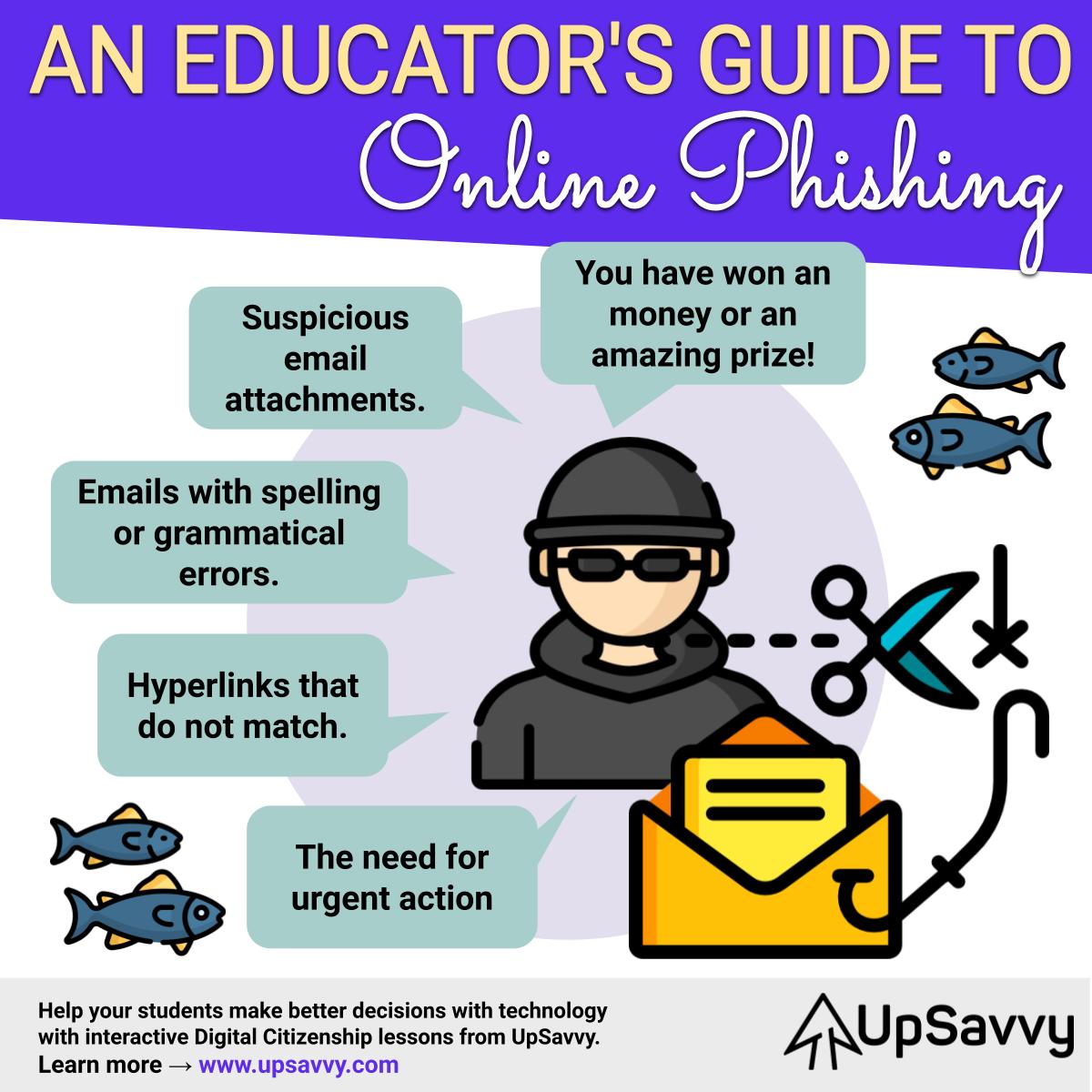
Online phishing is the malicious intent to gather personal information from others through sneaky and well crafted emails. These emails can be rampant, cleverly disguised, and can have devastating effects on someone’s personal well being, digital identity, and financial stability. The following are some common phishing signs and characteristics to look out for so that you can protect yourself and your personal information online.
You have won an amazing prize!
Click here to get a $100 gift card! The thought of magically gaining a significant amount of money is always tempting, but if it sounds too good to be true, it most likely is. Avoid responding to illusive emails about monetary gift cards, large inheritances, and financial incentives. These are an easy trap to gain your personal information, and it can be extremely challenging to reverse the damages made to your personal information.
Suspicious email attachments
Be aware of email attachments that are oddly labeled, incorrectly named, or from an unfamiliar sender you are not anticipating a document from. Clicking and downloading these attachments can unintentionally install viruses, spyware, or ransomware on your device. No email attachment is worth jeopardizing your online security and personal information for.
Emails with typos
Cyberattackers get very clever with the email addresses they choose to phish you with. Oftentimes, they take common and reputable business addresses like Amazon and PayPal and adjust just one single character to try and trick you into thinking that it is real. Carefully check the sender address of suspicious emails that you receive and delete (or block) it right away if something feels off.
Hyperlinks that do not match
Another common phishing tactic is to try and collect information through disguised email links and hyperlinks. If you hover over a link that is included in an email, check to see if the URL matches the subject or business. If there is a discrepancy between the content of the email and the information included in the link, it is most likely a phishing scam. Be aware of hidden links and never click on one in an email if you are unsure of where it will redirect you.
The need for urgent action
Any email that calls for urgent or immediate action is an automatic red flag for a phishing attack. You should already know the email senders that communicate important content for you to interact with and respond to. The only immediate action that should be taken is to avoid this email completely, and report it as spam for your domain or organization to try and avoid in the future.